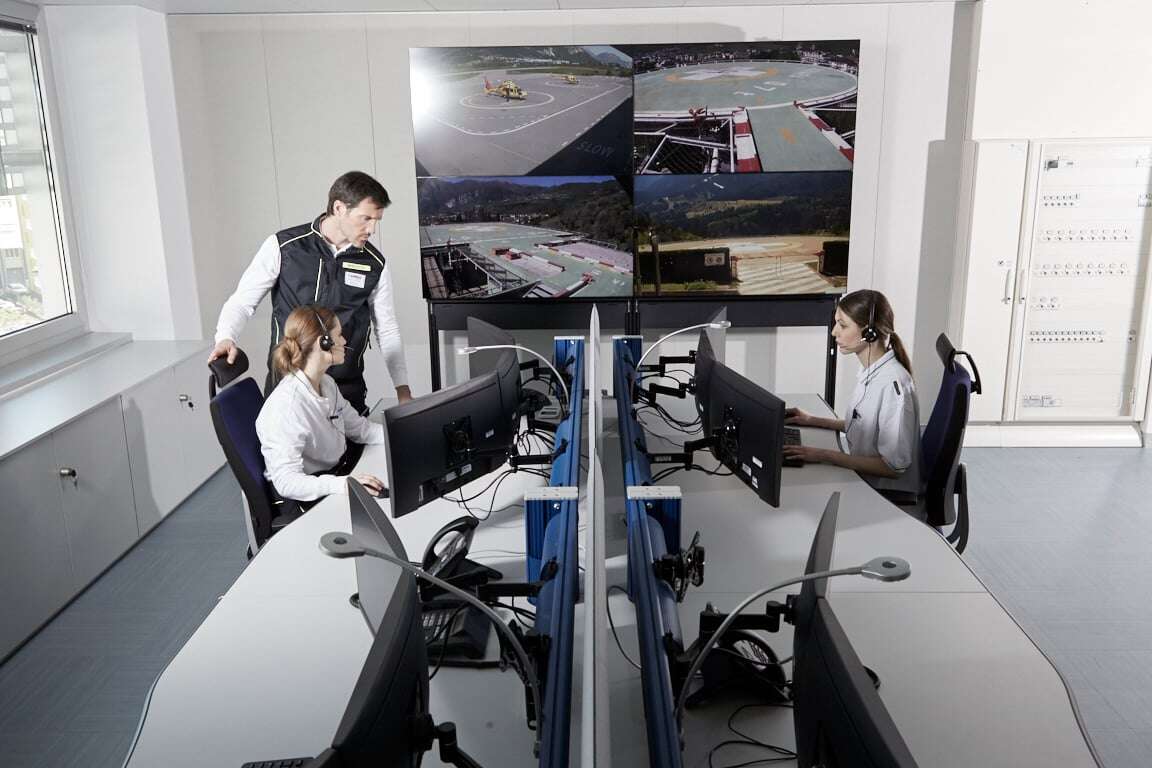Planning a PSAP: five essential elements to consider

Planning a new Public Safety Answering Point (PSAP) or an Emergency Operation Center (EOC) involves a long and studious process. There are many factors to keep in mind: each country’s structure, the geographical peculiarities, the pre-existing infrastructure, the old and new technologies as well as the laws and regulations in place.
We have worked in over 70 PSAPs and EOC in different countries and we believe there are 5 universal elements to be considered when planning a new structure, regardless of model and size.
-
Call Takers’ well-being should be just as important as technology.
-
Identify your process’s unique elements and separate mandatory requirements and a nice-to-have wish list.
-
Clear and structured communication with other PSAPs is very important in case of large-scale emergencies.
-
Planning for the long term is crucial. Implement Next Generation 112 requirements to be prepared for the upcoming transition.
-
The PSAP must be fault-tolerant and redundant to prevent any disruption in operations.
Let's look at each element separately.

Call Takers’ well-being should be just as important as technology.
Call-takers are exposed to many stress factors: dealing with trauma, the workplace culture with tough shift work and rosters, the short recovery time, and sometimes a cluttered workspace. Compounding these issues takes a toll on many. Keeping in mind the call taker's mental health is the goal: designing a spacious and clean workspace, with areas for the needed breaks, and implementing clear guidelines and work procedures can significantly help the PSAP ecosystem function at its best.
Identify your process’s unique elements and separate mandatory requirements and a nice-to-have wish list.
Each country, region, municipality, and PSAP are unique because they are composed of a mix of pre-existing technologies, infrastructure, and policies. The first step is to map out what the PSAP already has, and what is the best technology to complement it, looking at what is needed instead of what is unnecessary customization is very important. Divide what is mandatory and what is wished without being swayed by the latter.
Clear and structured communication with other PSAPs is very important in case of large-scale emergencies.
No PSAP is an island, they are closely connected to an ecosystem of other PSAPs, EOC, and field personnel. A PSAP’s activity is intertwined with all others especially in case of large-scale emergencies or extraordinary events. Map out the different structures that might be connected to yours and open a dialogue with each to plan a clear and structured communication chain and protocols to use should the need arise.
Planning for the long term is crucial. Implement Next Generation 112 requirements to be prepared for the upcoming transition.
Next Generation technology is not just an abstract concept anymore, EENA publishes the technical and operational guide on how this technology works (Long Term Definition Document). Since then incorporating these features is vital to correctly prepare for the transition and revolution that the switch to ESInet will bring to emergency communication and data transmission.
The PSAP must be fault-tolerant and redundant to prevent any disruption in operations.
When dealing with an emergency, every second count. The PSAP needs to have a backup plan in case of any disruption to the activities: a power outage, an unforeseen calamity, or a simple human error might mean life or death. When planning a new PSAP factor in a backup generator for electricity and a redundant PSAP to route the calls if needed.







-Oct-22-2024-02-09-14-3186-PM.jpg?width=352&name=guillaume-perigois-0NRkVddA2fw-unsplash(1)-Oct-22-2024-02-09-14-3186-PM.jpg)
